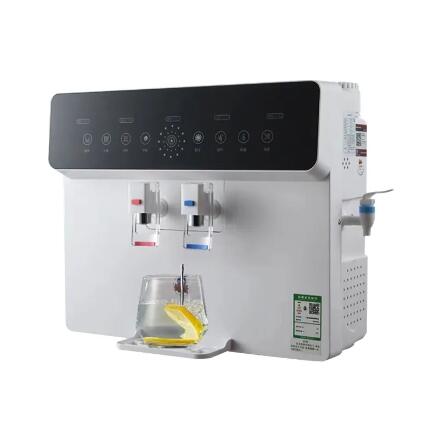Reverse Osmosis Water vs. Bottled Water: Which is Better
2024-08-06
Introduction
When it comes to choosing the best water for drinking, many people find themselves deciding between reverse osmosis (RO) water and bottled water. Both have their pros and cons, but understanding these differences can help you make an informed decision for your health and budget.
Quality and Purity
- High Purity: RO water is known for its high purity level. The multi-stage filtration process removes contaminants such as heavy metals, chlorine, pesticides, and microorganisms.
- Consistent Quality: Once installed and maintained, an RO system consistently provides clean water.
Bottled Water:
- Varied Quality: The quality of bottled water can vary significantly depending on the brand and source. Some bottled waters are essentially tap water with minimal filtration.
- Potential Contaminants: While generally safe, bottled water can sometimes contain contaminants, especially if the bottles are stored improperly.
Cost Comparison
Reverse Osmosis Water:
- Initial Investment: The upfront cost of an RO system can be high, including the unit itself and professional installation.
- Long-Term Savings: Over time, the cost per gallon of RO water is much lower than bottled water, especially for families who consume a lot of water.
Bottled Water:
- Ongoing Expense: Regularly purchasing bottled water can add up quickly, making it a more expensive option over time.
- Convenience Cost: The convenience of bottled water comes at a price, both financially and environmentally.
Environmental Impact
Reverse Osmosis Water:
- Reduced Plastic Waste: Using an RO system reduces the need for plastic bottles, significantly lowering plastic waste.
- Lower Carbon Footprint: RO systems use local tap water, eliminating the need for transporting bottled water, which reduces your carbon footprint.
Bottled Water:
- Plastic Pollution: Plastic bottles contribute to significant environmental pollution, with many ending up in landfills and oceans.
- Energy Consumption: The production, transportation, and recycling of bottled water require a substantial amount of energy.
Convenience and Accessibility
Reverse Osmosis Water:
- At-Home Access: An RO system provides convenient access to clean water right from your tap.
- Limited Portability: While convenient at home, RO water isn’t as portable as bottled water unless you use refillable bottles.
Bottled Water:
- Portability: Bottled water is convenient for on-the-go hydration and easy to carry during travel or outdoor activities.
- Availability: Bottled water is widely available in stores and vending machines, making it accessible almost anywhere.
Health Considerations
Reverse Osmosis Water:
- Safe and Healthy: RO water is free from contaminants, making it a healthy choice for drinking and cooking.
- Mineral Removal: Some argue that RO water lacks beneficial minerals removed during filtration. However, a balanced diet can easily compensate for this.
Bottled Water:
- Mineral Content: Some bottled waters contain added minerals, which can be beneficial. However, the type and amount of minerals can vary widely.
- BPA Concerns: Bottled water stored in plastic bottles may pose a risk of BPA leaching, especially when exposed to heat.
Conclusion
Both reverse osmosis water and bottled water have their advantages, but considering factors like cost, environmental impact, and health benefits, RO water emerges as a superior choice for many households. Investing in an RO system not only ensures a consistent supply of pure water but also contributes to a more sustainable and cost-effective lifestyle.



